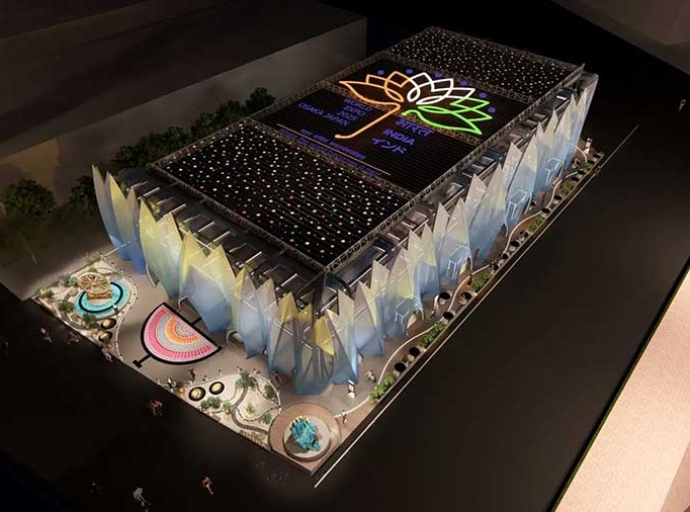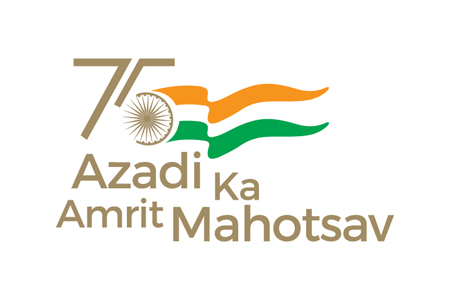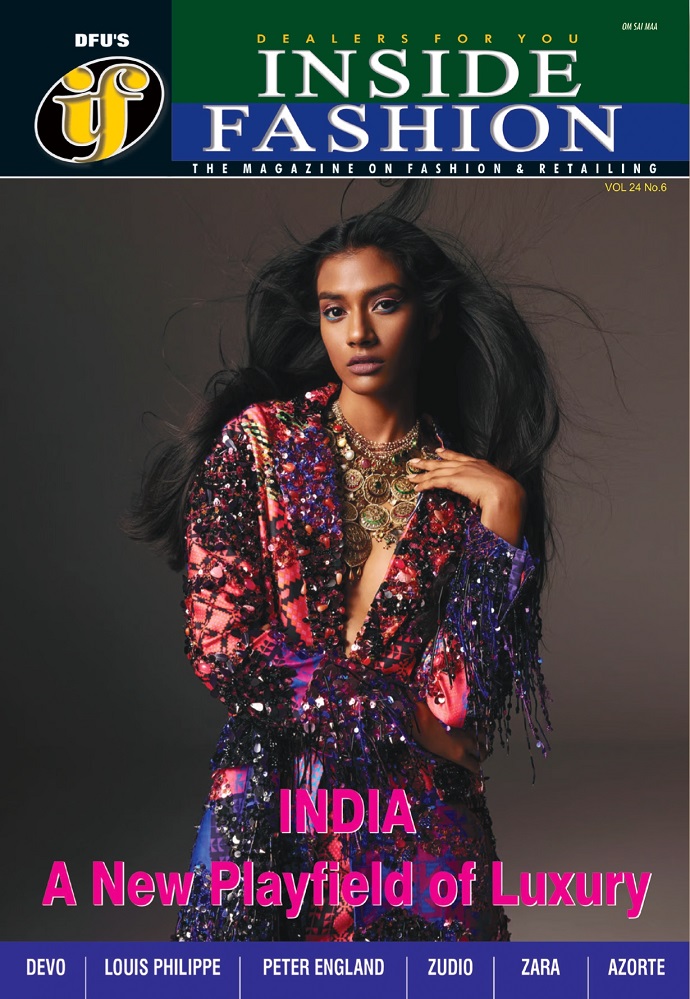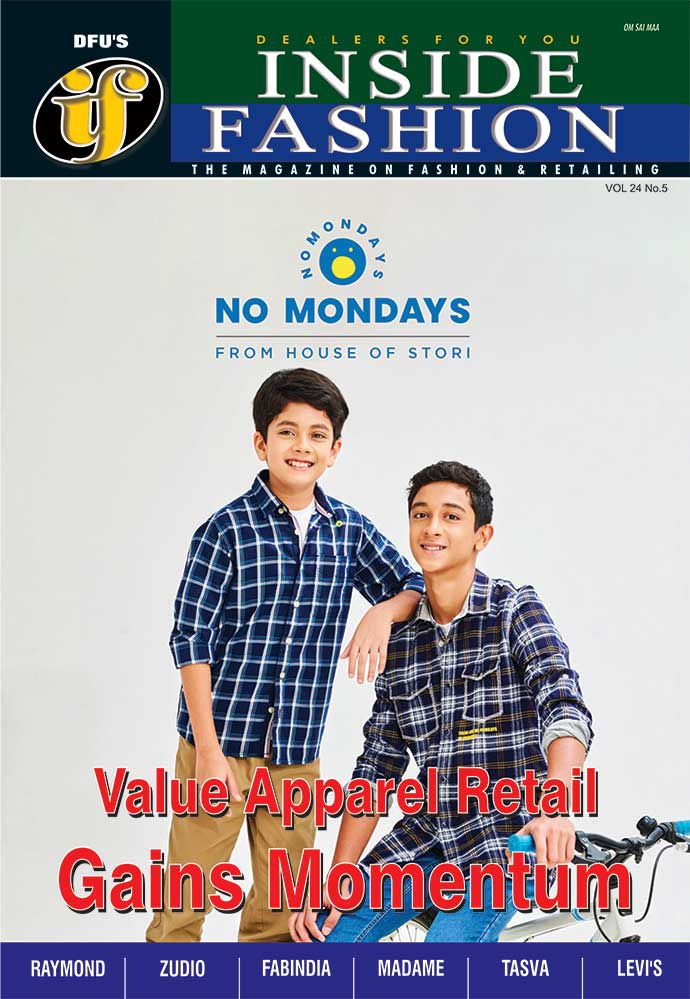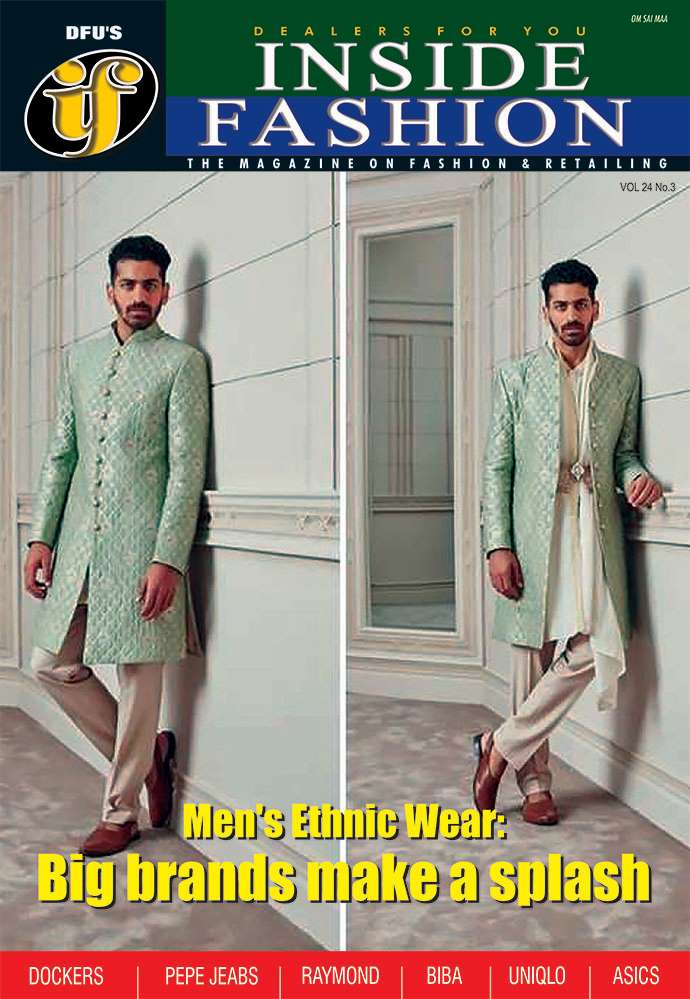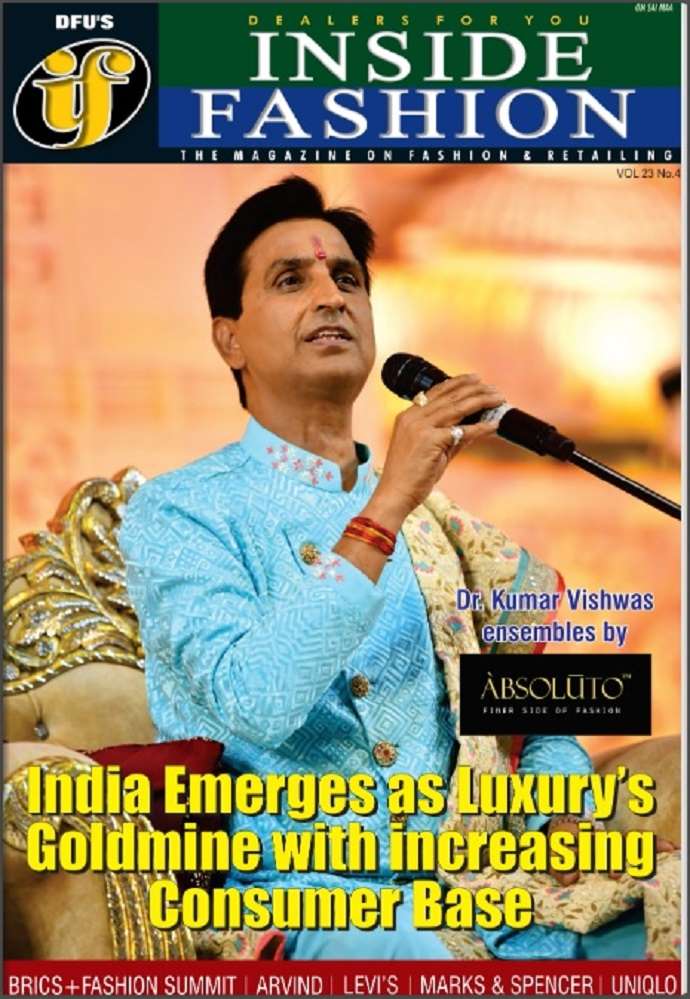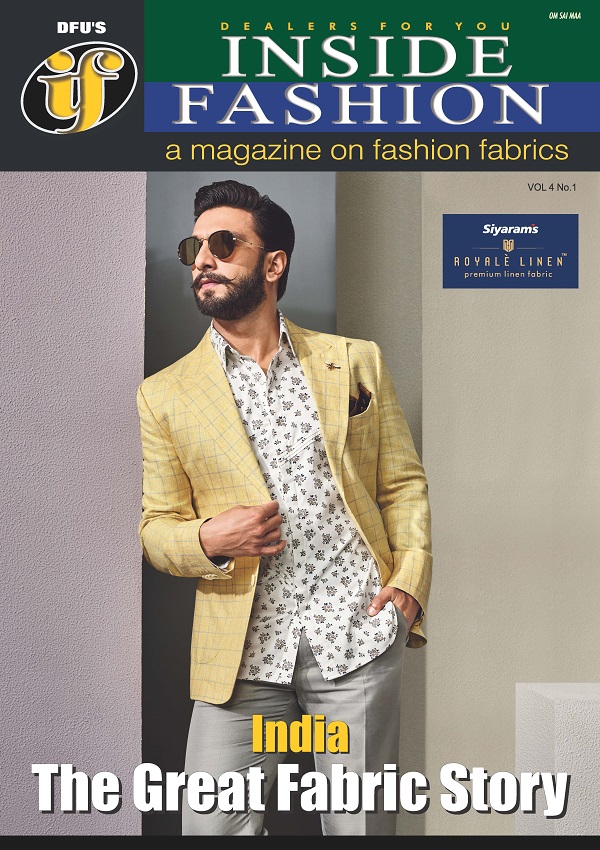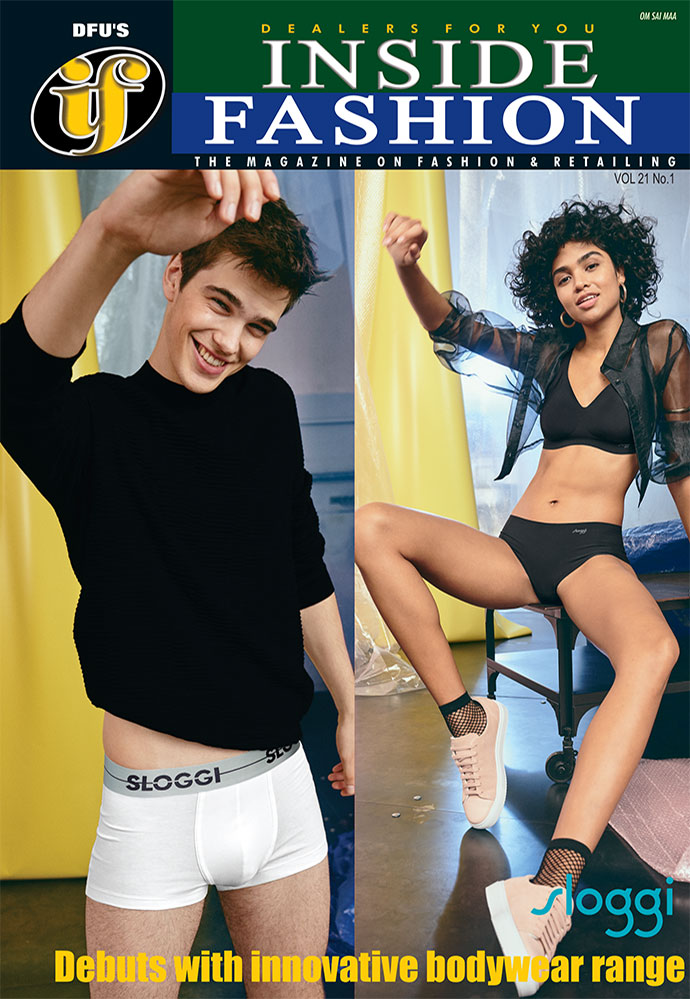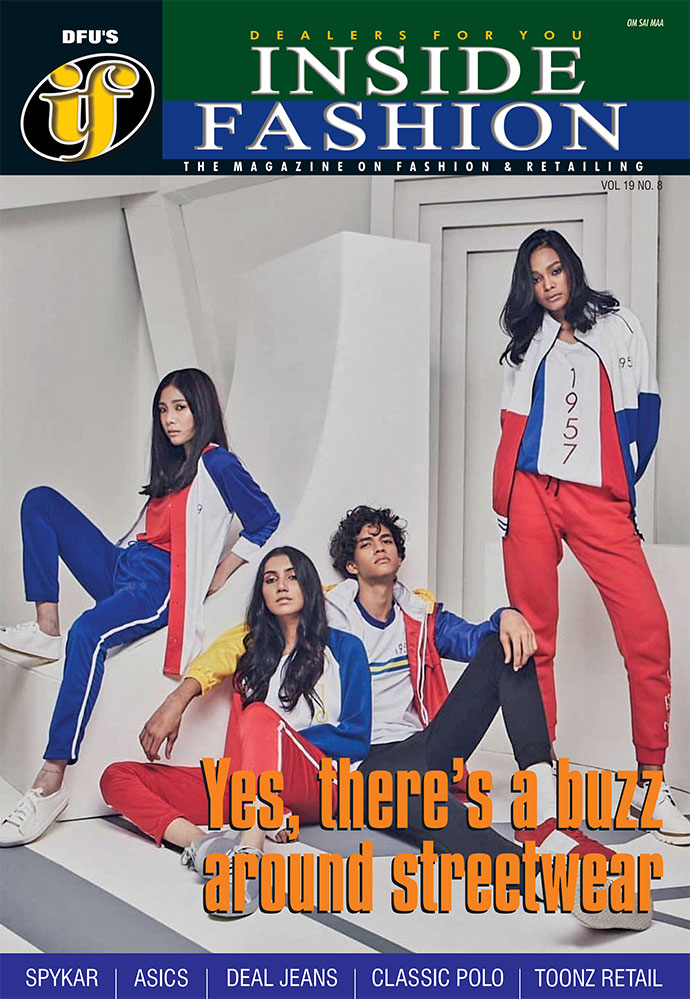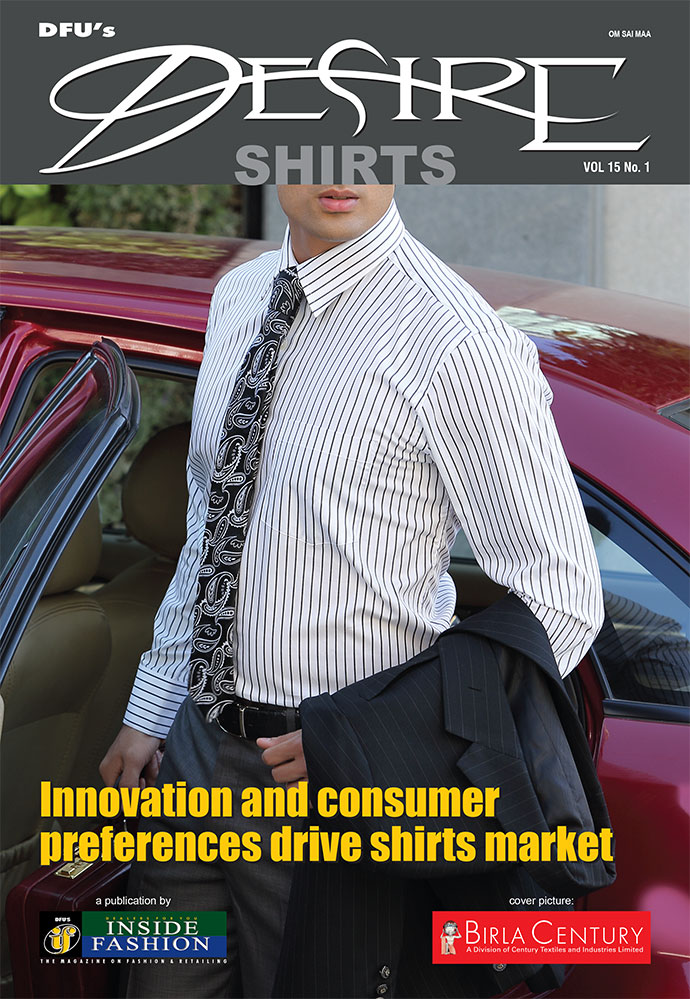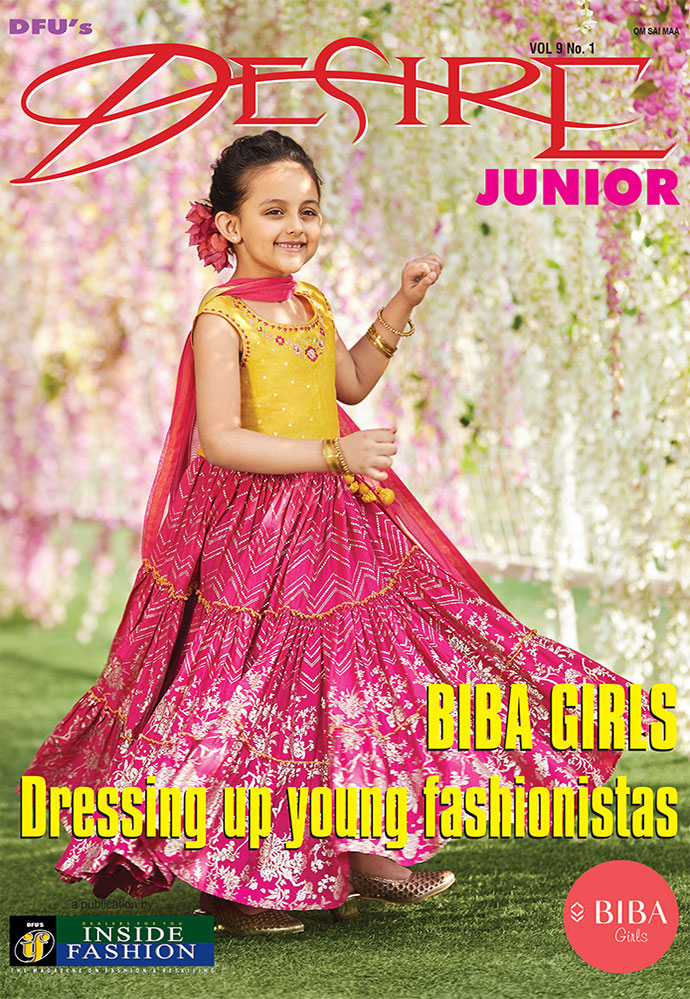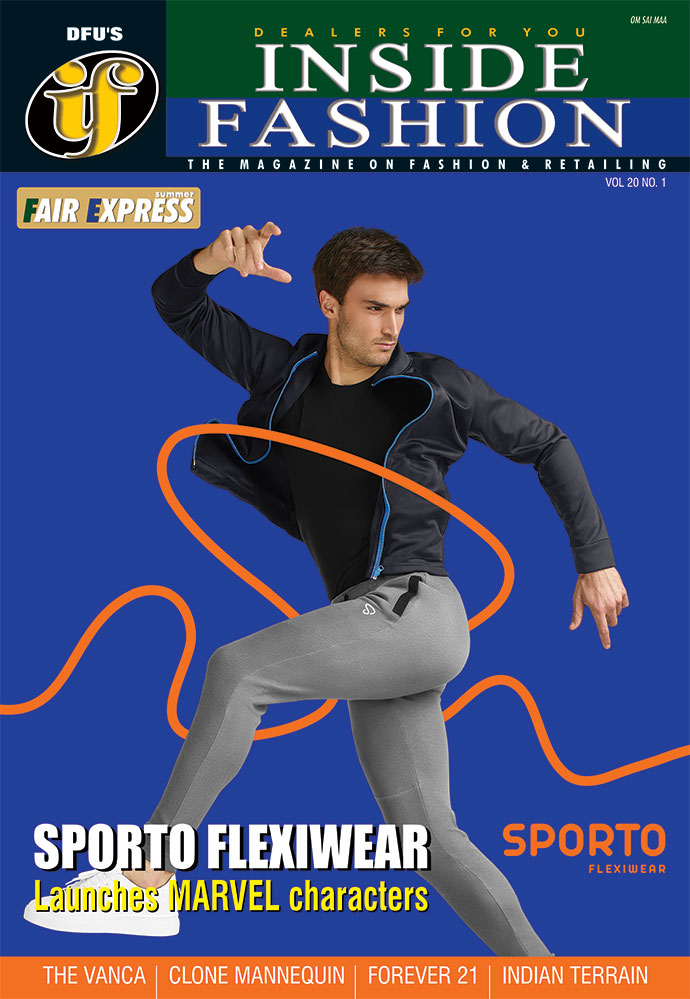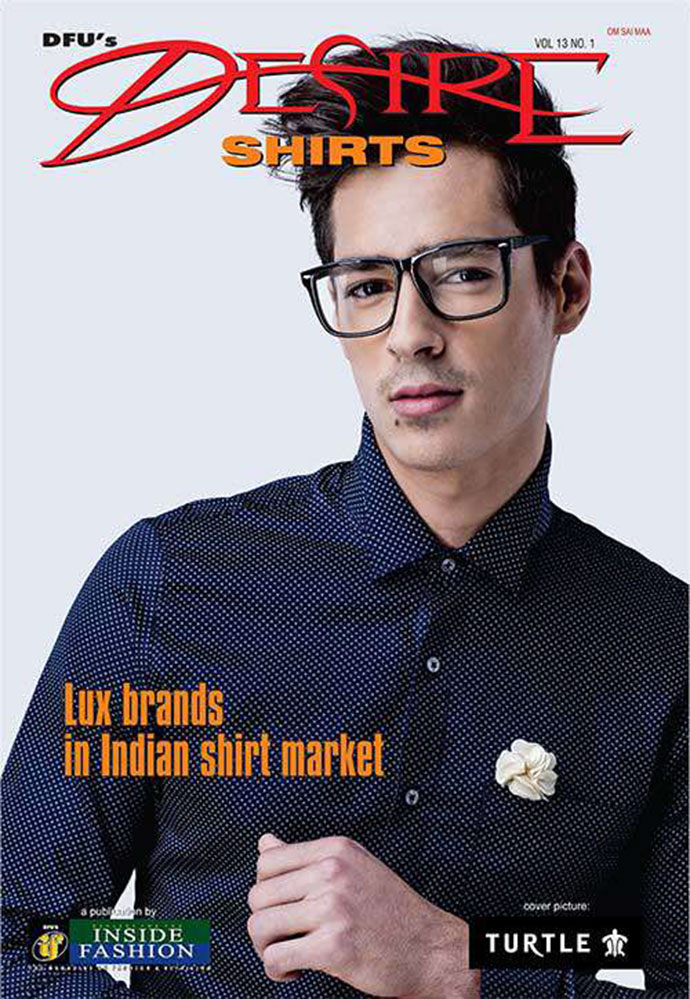Who’s dressing the Indian man? D2C labels challenge legacy fashion brands
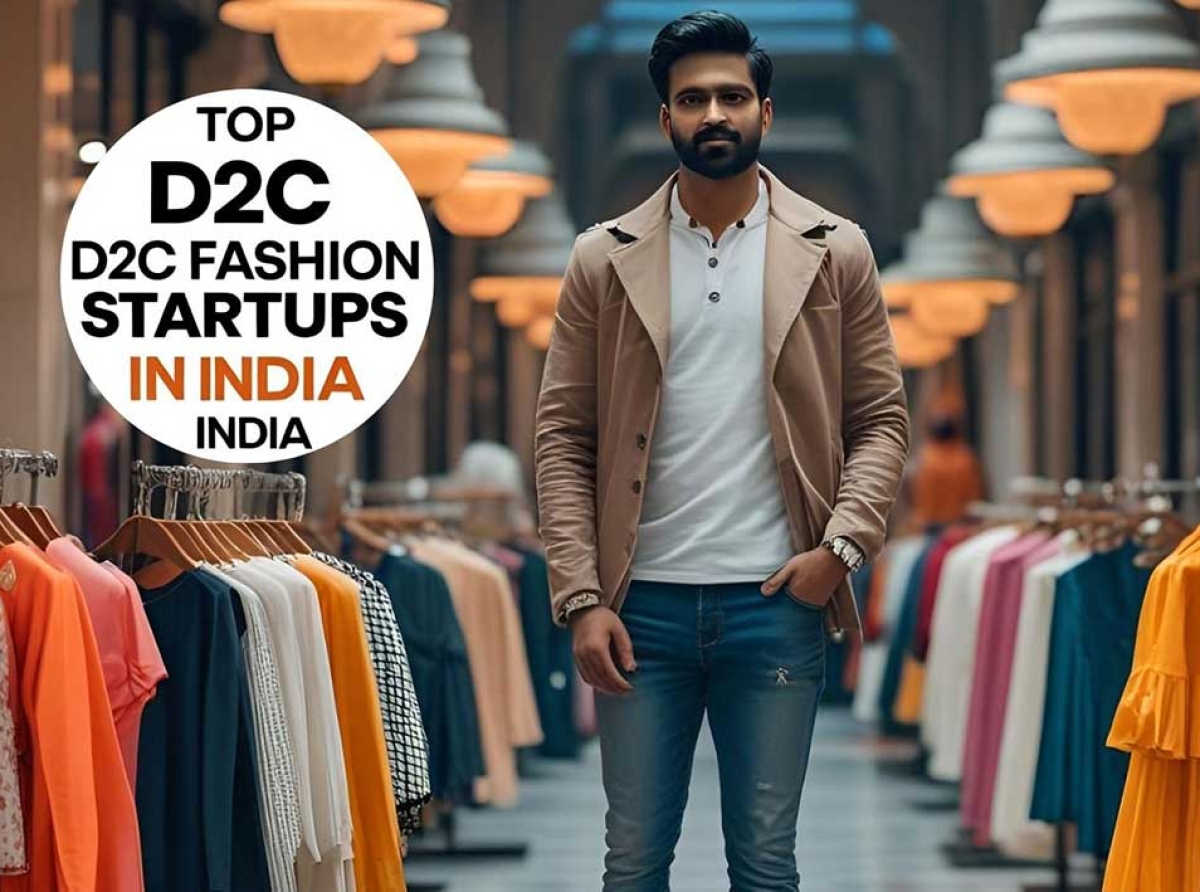
22 July, Mumbai 2025
India’s menswear market, long dominated by legacy brands and conventional fashion formulas, is in the midst of a change. A new generation of Direct-to-Consumer (D2C) brands is rapidly gaining ground, with changing male fashion identities, savvy design sensibilities, and an aggressive digital-first approach. These disruptors are not just nudging at the edges—they’re redrawing the center.
Menswear a market on the move
The transformation is underpinned by explosive market growth. According to Imarcgroup, India's menswear market reached $20 billion in 2024 and is forecasted to more than double to $40+ billion by 2028. This growth reflects a combination of rising disposable incomes, evolving style consciousness among Indian men, and the digital boom that has brought fashion to consumers' fingertips. At the heart of this increase lies an evolution in how Indian men perceive, buy, and wear clothes—and D2C brands are riding this wave with precision.
The rise of the disruptors
Over the past five years, more than Rs 1,000 crore has poured into India’s menswear segment, with the lion’s share flowing into agile, style-forward D2C brands. Investors are betting big on names like Rare Rabbit, Snitch, Damensch, and others that are successfully breaking through the clutter with targeted offerings, sharp branding, and a clear understanding of their audience.
What’s driving the revolution?
Join our group
There are several factors at work.
Rewriting the male fashion narrative: The days of Indian menswear being confined to biker jackets, formal shirts, or basic casuals are over as the modern man is increasingly open to self-expression through fashion, influenced social media influencers; OTT characters played by style disruptors like Jim Sarbh or Abhay Deol; and a growing acceptance of floral prints, gender-fluid aesthetics, and eclectic combinations. This cultural change has created fertile ground for brands that embrace nuance, expression, and personality in menswear.
Disruption across price points and aesthetics: D2C brands are segmenting the market and offering specialized products across various price points and aesthetics, effectively challenging the one-size-fits-all approach of many established brands.
• Core categories disruption (affordable): Brands like XYXX and Damensch have successfully disrupted core categories such as innerwear and loungewear. They focus on comfort, quality, and often, sustainable practices, which resonate with the modern consumer.
• Premium core (aspirational utility): Players like Uniqlo, M&S, Muji, and ABFRL's Linen Club have elevated basic shirts and trousers into aspirational items by seamlessly blending design with utility. While not all are D2C, their approach to product design and brand positioning influences the premium segment.
• Aesthetic disruption (super affordable): Brands like Westside, BeYoung, and Snitch are catering to trend-driven styles across various categories at super affordable price points. This segment thrives on fast fashion and quickly adapting to emerging trends. Moreover, brands like The Souled Store (TSS) and Bonker's have revolutionized streetwear and loungewear in this segment, appealing to a younger, trend-conscious demographic.
• Aesthetic disruption (affordable): H&M and Banana Club operate in a sweet spot between cheap and premium, focusing on design variety and catering to a broader audience looking for stylish yet accessible options.
• Accessible premium: The ‘OG disruptor’ Rare Rabbit, along with The Pant Project (TPP) and Zara, are catering to the design needs of men with growing disposable incomes. These brands offer contemporary designs and a premium experience without being exorbitantly priced.
• High premium (DTC founders' brand): Brands like Andamen, Nicobar, and Bombay Shirt Company (BSC) have carved out a niche in the high-premium segment, often favored by entrepreneurs and individuals seeking exclusive, high-quality, and often personalized apparel. Andamen, in particular, has gained a reputation as ‘The DTC founders' brand’ similar to Patagonia's appeal among finance professionals, highlighting its aspirational value within a specific demographic.
• Premium street & lounge: Deadbear and Bluorng are revolutionizing the street and lounge wear segments in the premium category, mirroring the disruptive impact of TSS and Bonker's in the affordable segment.
Table: Major disruptors across categories
Category segment Key players Positioning Affordable Core (Basics) Damensch, XYXX Comfort, innovation, sustainability, upgraded innerwear and loungewear Premium Core Uniqlo, M&S, MUJI, Linen Club Utility meets aspirational design in everyday essentials Super Affordable Aesthetic Snitch, Westside, BeYoung, TSS, Bonker's Trendy styles at breakneck speed and low price points Affordable Aesthetic H&M, Banana Club Style-forward, mass-accessible fashion Accessible Premium Rare Rabbit, The Pant Project, Zara Premium appeal at justifiable pricing; contemporary, well-fitted designs High Premium (DTC Founders) Andamen, Nicobar, BSC Niche elegance, exclusivity, and craftsmanship; appeal to brand-conscious buyers Premium Street/Lounge Deadbear, Bluorng High-style streetwear with subcultural credibility
Brand Battle: Old guards vs. digital natives
Legacy labels—like Zara, Jack & Jones, Mango Man, and even Bombay Shirt Company—still command substantial market share. However, the sands are shifting. D2C brands are gaining ground with speed. They score with rapid design and production cycles. Their direct engagement without intermediaries, and personalized communication helps in gathering direct feedback, and building stronger brand loyalty. Customisation is another plus as they fit, design, and experience tailored to individual needs. By cutting out middlemen, D2C brands can offer competitive pricing or invest more in product quality and marketing. What works for them is that e-commerce is their primary channel, so leveraging data and feedback loops is faster. D2C brands often start by focusing on specific niches or pain points, building a strong reputation before expanding their offerings.
Table: D2C brands leading the charge
Brand name Focus category Price segment Differentiator Damensch Innerwear, Loungewear Affordable Core Comfort, innovation, sustainability XYXX Innerwear, Loungewear Affordable Core Modern comfort, soft fabrics Snitch Trend Apparel Super Affordable Fast fashion, Gen Z aesthetic Rare Rabbit Casualwear, Shirts, Jackets Accessible Premium Contemporary European styling, quality The Pant Project Custom-fit Trousers Accessible Premium Personalization, fit, online tailoring The Souled Store Pop Culture Apparel, Street Super Affordable Niche fandoms, strong online community Bonker’s Streetwear, Loungewear Super Affordable Youth culture, bold design Andamen Premium Apparel High Premium Heritage craft meets luxury minimalism Nicobar Modern Indian Lifestyle Wear High Premium Cultural modernity, soft sustainable fabrics Deadbear Premium Streetwear Premium Experimental design, subcultural resonance Bluorng Premium Streetwear Premium Graphic-forward, artistic prints Beyoung Casualwear, T-shirts Super Affordable Ultra-affordable, trend-focused Blue Buddha Casualwear, Denims Affordable Urban essentials, value for money Wrogn Youthwear Affordable Celebrity-led (Virat Kohli), edgy styling
Why D2C works: Decoding the playbook
The new wave of menswear disruptors are not just marketing smarter, they’re building ecosystems around the customer.
E-commerce penetration: The growth of online shopping, powered by cheap data and smartphone adoption, has removed the entry barrier for D2C brands to reach Tier II and Tier III cities.
Personalisation & identity: Millennials and Gen Z aren’t buying clothes; they’re buying identities. Custom fits, quirky messaging, and unique stories set D2C players apart.
Value-driven loyalty: Today’s consumers care about how and where their clothes are made. D2C brands that invest in sustainability, ethical production, or social storytelling are reaping dividends in loyalty and repeat purchases.
Thus the writing is on the wall: India’s menswear market is fragmenting into hyper-targeted niches, and D2C brands are thriving in the cracks that legacy players failed to fill. Yet, the race is far from over. Traditional giants may strike back—through acquisitions, D2C spin-offs, or digital transformation. But if they don’t move fast, they risk being out-designed, out-disrupted, and out-sold.
Latest Publications







